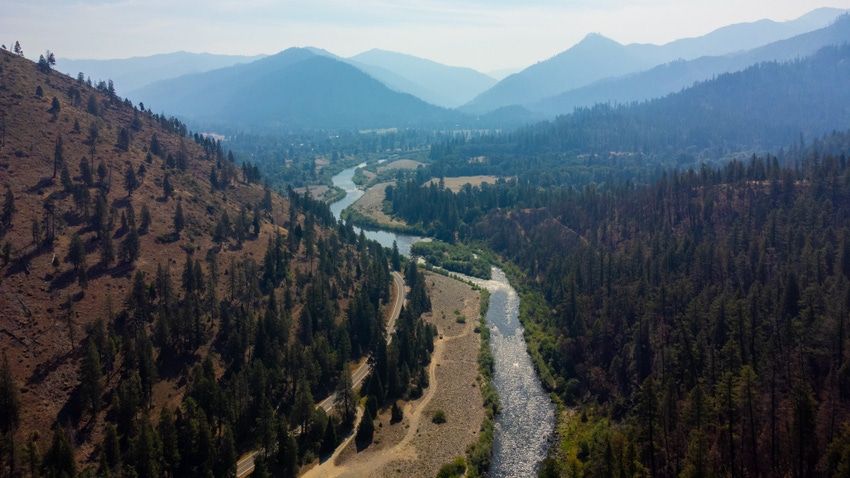February 16, 2024

Much of the recent news in my neighborhood has been dominated by mainstream media coverage of the removal of hydroelectric dams on the Klamath River. This is the largest dam removal undertaken in U.S. history, and NGOs, tribes and the states of California and Oregon are understandably euphoric right now.
California Governor Gavin Newsom is now taking ambitious steps to restore salmon populations, which includes a series of actions, including removing barriers for salmon migration, restoring salmon habitat, protecting flows and water quality in key rivers, modernizing hatcheries, and more. Of course, recent media coverage has focused on the dam removal component of the broader plan.
Actually, when viewed as a whole, the action items are generally supported by the holistic approach that water agencies are already advancing to recover fish species in the Sacramento Valley. There, collaborative efforts are underway to recreate floodplains and other Pacific Flyway habitat for birds and other species, while protecting communities and sustaining farming in the region.
Dam removal represents the peak of success for certain environmental interests, and that bandwagon is overflowing now with gushing supporters. However, the very unique circumstances that led to the removal of the Klamath dams are often lost in the media coverage.
Advocates are also now eyeing four dams on the Lower Snake River in Washington as the next big dam removal in the queue, even though the circumstances surrounding that area and Klamath are vastly different.
PacifiCorp privately owned the Klamath dams, and they provided minimal benefits outside of the hydroelectric power generation purpose they were originally designed for.
Along the Snake River, there are irrigators who rely on the water behind the targeted dams. The Columbia/Snake River dams are also the primary power source for the Pacific Northwest, and there is immense barge traffic responsible for exporting northwest wheat that is tied to the water levels controlled by the dams. That river transportation system contributes about $346 million to the region's economy each year.
Despite all of the recent hoopla celebrating dam removal, elected officials in the Pacific Northwest representing agriculture and power interests are pushing back.
Members of a House subcommittee recently held an oversight hearing to express concerns over the potential removal of the Snake River dams, arguing that it could lead to increased regional energy prices and nationwide food price spikes. The dams, at the center of a longstanding federal lawsuit, were part of a $1 billion settlement agreement announced by the Biden Administration in December, possibly creating a pathway for their potential removal.
Critics of the settlement, including GOP lawmakers and industry groups, have accused the White House of secret negotiations, which has prompted legislative efforts to block funding for studying dam removal.
Very rarely does a “one size fits all” approach work when tackling Western water resources challenges. The impacts – good and bad – that Klamath River dam removal will have on salmon populations remain to be seen. It is much too early to view their removal as a template for success in other regions of the West.
About the Author(s)
You May Also Like




